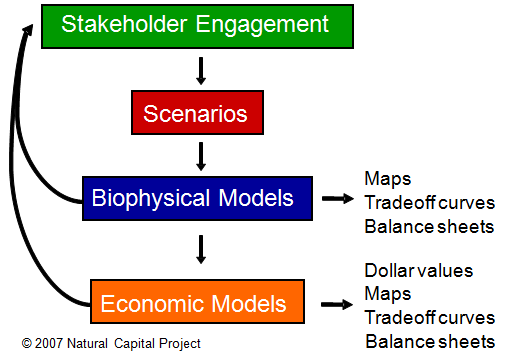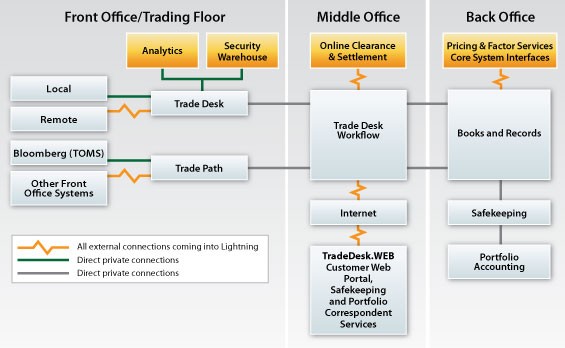Capital Investment Decisions
Post on: 3 Май, 2015 No Comment

on March 31st, 2010
If you’re new here, you may want to subscribe for free updates:
If you can’t find what you’re looking for please feel free to ask John .
The ability to analyse and make capital investment decisions allows you as the owner or manager of a business to ensure that your limited resources are allocated to the project or projects that will best achieve your strategic goals (hence they are also sometimes referred to as strategic investment decisions). Such decisions could relate to capital investments such as the construction of a new factory, development of a new website, commitment to a new marketing campaign or the acquisition of a business.
The goal of a business is to maximise shareholder wealth by generating profit and acquiring assets. In order to do so, you as the manager of your business need to be able to determine which capital investment projects will generate a positive cash flow and when resources are constrained, as they often are in a small/start-up business or for most businesses in the current credit-crunch, rank projects in order of priority based on the value they create.
How you conduct you capital investment appraisal is important, get it wrong and you’ll be eroding shareholder value and possibly jeopardising the entire existence of the business. All capital investment projects must be expected to provide returns in excess of the cost of financing them. The trouble is recognising the need for investment is difficult, it’s even harder to identify what possible investments there are, determine how to evaluate them and to collect sufficient data to do that evaluation.
Identifying the need for investment can be problematic in many businesses because strategic planning is rarely carried out and when it is carried out it is independent of any budgeting process. This separation of budgeting and planning can have an affect on the businesses ability to translate strategy into action. To overcome such problems the business needs to include resource allocation in its strategic planning process.
Once the need for investment has been recognised, a list of possible investment projects needs to be identified. However generating ideas for strategic investment involves a level of risk and an investment of time on behalf of the proposer, therefore unless a business creates a culture that encourages and rewards staff for putting forward proposals the business will miss many strategic investment opportunities.
When strategic investment decisions are evaluated against financial criteria, it’s easy to overlook other intangible benefits to the business, such as increased prestige or improved employee moral. An over reliance on financial appraisal tools has also been criticised for biasing decision makers against capital investment decisions, therefore hindering the ability of a business to carry out research and development, thereby reducing the businesses level of innovation.
When collecting the data required to evaluate an investment project you may be tempted to consider the historic cost, book value or routine profit and loss information. However such information includes charges for overheads and depreciation which reflect past decisions, therefore as strategic investment decisions are about the future, only the resulting cash flows should be considered.
There is however a considerable degree of subjectivity in predicting the future which means any decision is based on assumptions that may or may not turn out to be true. These characteristics make it difficult to predict the outcome of a project, therefore any reliance on the size of future cash flows is risky.
Making consistent strategic investment decisions can also be problematic because many of us prefer to use appraisal techniques that enhance the possibility of our pet projects being accepted. In many cases decisions are made subjectively and financial techniques are used to justify the decision once made.

The majority of strategic investment projects are ill-structured problems, calling for approaches that may not have been used before; therefore novelty, complexity, ambiguity and irreversibility characterise these projects. It is vital that you recognises and put in place strategies to deal with these problems because making the wrong decision could negatively impact the value of the business thereby making investors and other creditors less willing to finance the business in future.
The Process of capital investment appraisal
The capital investment decision making process involves the following steps: project identification; project definition and screening; analysis and acceptance; implementation; monitoring and post audit. This essay deals with the analysis and acceptance of projects. In practice many decisions are made with limited time and information often omitting one or more steps in the process. The decision may also be further affected by political activity within the organisation where groups or individuals have a vested interest in particular projects.
Capital investment appraisal techniques
There are a number of different approaches to the analysis of strategic investment decisions. The most common are: return on investment (ROI), accounting rate of return (ARR), payback and the discounted cash flow techniques of net present value (NPV) and internal rate of return (IRR).
A common first approach to investment appraisal is the use of the accounting ratio return on investment. The return on investment is calculated by dividing the net profit after tax by the value of the investment. It is however considered flawed as an investment appraisal technique because it “ignores value and risk”.
Another common technique is the accounting rate of return, which expresses the profit generated as a percentage of the investment. This is equivalent to the return on investment but using the deprecated value of the investment rather than the total value of the investment. For a £120,000 investment project with a four year lifespan generating an expected £45,000 cash flow per year, the accounting rate of return would be as follows:














